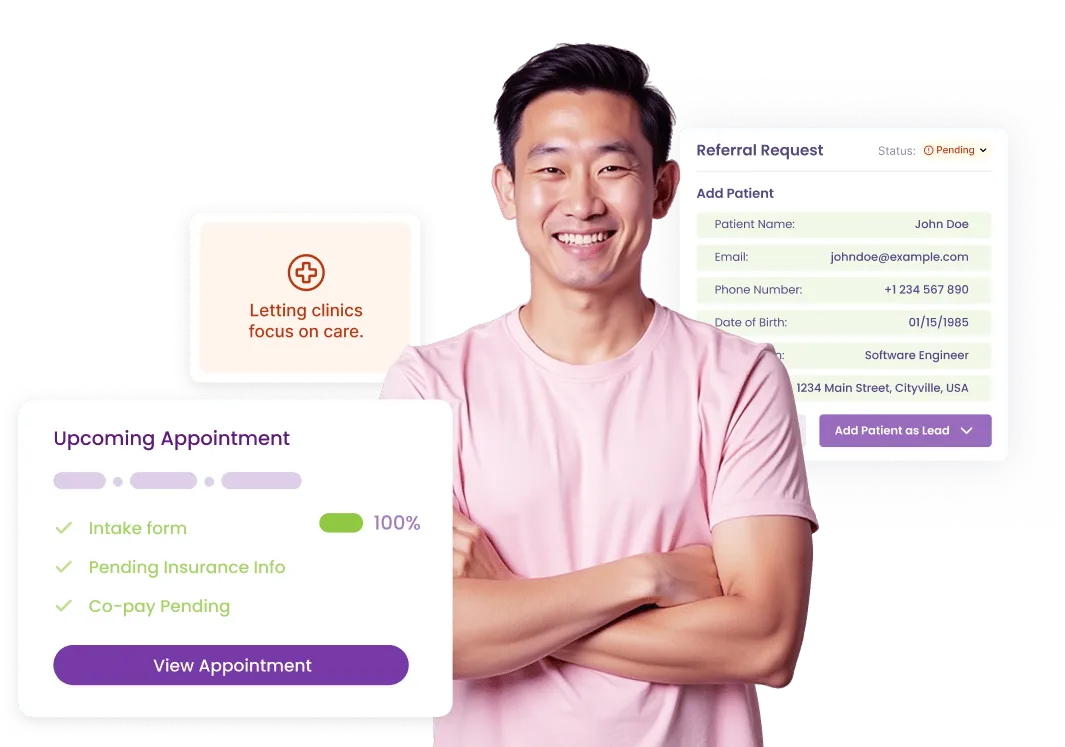96139 – Behavioral Health Assessment / Diagnostic Service
CPT code 96139 represents a distinct mental or behavioral health service, including evaluation, therapy, or care coordination.
What is CPT
96139
?
96139 is a crucial CPT code utilized in the realm of behavioral health assessments, specifically for diagnostic and testing services. This entry delves into the clinical purpose of the code, the essential documentation requirements, and pertinent payer considerations. It is imperative for healthcare providers to ensure that clinical notes are consistent with evidence-based practices, thoroughly documenting treatment objectives, the interventions administered, and observable patient progress. In instances where this code applies to time-based services, providers should meticulously record start and stop times to substantiate the billed duration, ensuring compliance with payer expectations.

Documentation Tips
When billing for time-based services under this code, it is essential to document both start and stop times accurately. Providers should include comprehensive details about the therapeutic modality employed, the specific assessment tools utilized, the clinical focus of the session, patient responses, and the plan for follow-up care. For any scored instruments, maintain copies of the completed tools to support the billing process. In the context of telehealth services, it is vital to document the patient's consent and the specifics of the platform used for the session. Adopting a structured documentation approach, such as the SOAP (Subjective, Objective, Assessment, Plan) or DAP (Data, Assessment, Plan) formats, can enhance audit readiness and ensure clarity in clinical records.

At a Glance
- Service Type: Assessment
- Use Case: Diagnostic / Testing
- Typical Setting: Primarily outpatient clinics or telehealth platforms, depending on payer policy
- Billing Unit: Billed per session or per instrument utilized, subject to the specific requirements of the code
- Common Pairings: Frequently used in conjunction with 90791 (Psychiatric Diagnostic Evaluation), 96127 (Brief emotional/behavioral assessment), and standard psychotherapy codes
Billing Examples
One practical application of 96139 is when a clinician administers a PHQ-9 questionnaire to evaluate a patient's depressive symptoms. The clinician scores the instrument and files it as part of the patient's medical record, subsequently billing for the service under this code. Another illustrative scenario involves standardized neuropsychological assessments, where a clinician follows a structured workflow that includes administration, scoring, and interpretation of the results. This thorough documentation and adherence to defined protocols justify the use of assessment codes, ensuring compliance with billing practices.
Compliance Guidelines
- Before submitting a claim, verify the specific coverage and authorization requirements set forth by the payer to ensure compliance.
- Documentation must clearly demonstrate medical necessity, linking the services rendered to applicable ICD-10 diagnoses to support the billed services.
- Utilize appropriate modifiers, such as modifier 95 for telehealth services, as mandated by payer guidelines to reflect the nature of the service provided.
- Avoid the practice of upcoding; select codes that accurately reflect the documented time and service level provided to maintain compliance and integrity.
- Conduct regular audits of documentation and billing practices to reduce denial rates and enhance the quality of clinical records, thereby improving the overall billing process.
Common ICD-10 Codes
Helpful links for mental health billing and documentation
- F32.9
- F41.1
- R45.0
- Z13.89
- F90.0
Additional Resources
Helpful links for mental health billing and documentation
Related CPT Codes
Helpful links for mental health billing and documentation
Got questions? We’ve got answers.
Need more help? Reach out to us.
Q1: What is the primary purpose of this code?
A: The 96139 code is utilized when the clinical activities align with the definition of the code. It is essential that all documentation supports the service billed to meet payer requirements and ensure accurate reimbursement.
Q2: Is this code applicable for telehealth billing?
A: Yes, many payers allow billing for telehealth services when they are conducted synchronously, provided that appropriate modifiers and consent documentation are maintained. It is crucial to review the specific payer policies to ensure compliance.
Q3: What kind of documentation will payers typically request?
A: Payers generally request documentation that includes time spent, the therapeutic techniques or assessment instruments utilized, patient responses during the session, and a clear linkage to a covered ICD-10 diagnosis.
Q4: Can this code be billed in conjunction with other services?
A: Yes, it is permissible to bill this code alongside other services; however, it is essential to document distinct times and provide a rationale for each billed service. If applicable, use add-on codes or adhere to E/M separation rules to ensure compliance.
Q5: What are some common reasons for claim denials?
A: Common denial reasons include insufficient documentation of time records, lack of demonstrated medical necessity, incorrect use of modifiers, or billing that exceeds frequency limitations established by the payer.

